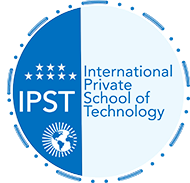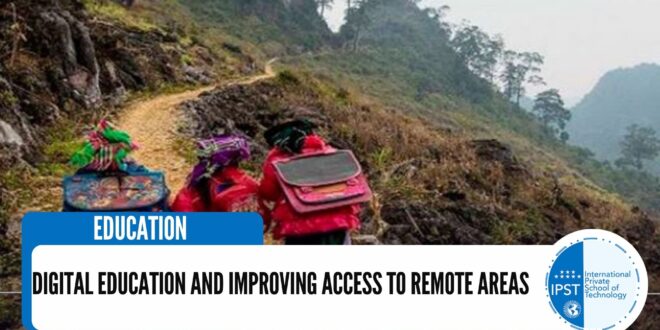In our current era, education is one of the fundamental pillars that contribute to the advancement and development of societies. With the rapid progress of technology, new and innovative ways to access education have become possible, especially in remote areas that have faced challenges in accessing traditional education. Digital and interactive education is one of the most prominent solutions that help improve access to education in these areas. In this article, we will explore how these modern technologies can change the educational landscape in remote areas and provide equal opportunities for students worldwide.
1. Challenges Faced by Education in Remote Areas
Remote areas face many challenges that hinder access to education for all. Some of the main challenges include:
- Limited infrastructure: In many remote areas, students lack access to schools equipped with necessary tools and resources.
- Lack of qualified teachers: Some areas face a shortage of specialized teachers, which leads to low-quality education.
- Long distances: Many students live far away from schools, making it difficult to access education.
- Economic conditions: Limited financial resources in some areas make it difficult for families to send their children to school.
These challenges exacerbate the educational gap between urban and remote areas, making technological solutions more important than ever.
2. Digital Education as a Solution to Improve Access
Digital education is one of the most effective solutions that can help address these challenges. By providing online educational platforms, students in remote areas can access educational content from anywhere and at any time. This allows them to learn at their own pace without the need to travel long distances or rely on traditional schools.
Key advantages of digital education include:
- Access to diverse content: Students in remote areas can access digital libraries containing books, lessons, and interactive educational content.
- Self-learning: Digital education enables students to learn educational materials at their own pace, enhancing their independence.
- Cost reduction: Using digital tools can reduce the costs of building and equipping schools, as well as transportation expenses.
Source: The World Bank – Digital Education: Bridging the Gap for Remote Communities
3. Interactive Education: Enhancing Engagement and Participation
By integrating interactive education with digital learning, the learning experience can be significantly enhanced in remote areas. Technologies like interactive videos, live online lessons, and educational games can make the learning process more engaging and effective. Students can interact with teachers and peers via different educational platforms, which helps enhance understanding and participation in lessons.
The importance of interactive education in remote areas includes:
- Encouraging students to learn: Educational games and interactive activities encourage students to engage with learning in a fun way.
- Promoting group interaction: Students in remote areas can interact with peers from around the world online, contributing to the exchange of knowledge and cultures.
- Real-time teacher involvement: Interactive education technologies allow teachers to communicate directly with students online, ensuring they receive immediate support.
Source: EdTech Magazine – The Role of Interactive Learning in Education for Remote Areas
4. Using Smartphones as Educational Tools
In many remote areas, smartphones are one of the most readily available technological devices. Smartphones can be transformed into effective educational tools through specialized educational apps. These apps can provide students in remote areas with opportunities to learn through videos, interactive exercises, and e-books.
Benefits of using smartphones include:
- Easy access: Most people in remote areas own smartphones, making it easier for them to access educational content.
- Mobile learning: Students can learn anywhere and anytime using their smartphones.
- Support for flexible learning: Students can interact with teachers and peers easily through communication platforms on smartphones.
Source: UNICEF – Mobile Learning in Remote Communities
5. Challenges and Opportunities in Digital and Interactive Education
Despite the numerous benefits of digital and interactive education, there are some challenges that need to be addressed, such as:
- Access to the internet: In some remote areas, internet access may be limited or unavailable.
- Technical infrastructure: Some regions may lack the necessary devices or power to run digital educational tools.
- Teacher training: It is crucial to train teachers in these areas on how to effectively use technology in teaching.
However, these challenges present significant opportunities for investment in digital and educational infrastructure, which could improve access to education in the future.
Conclusion
Digital and interactive education is one of the most effective solutions for improving access to education in remote areas. By providing students with digital and interactive educational content, they can learn flexibly and easily, helping to reduce the educational gap between urban and remote areas. Despite the challenges that may arise in implementing these technologies, the great opportunities they provide contribute to improving the quality of education worldwide.
This article offers a comprehensive overview of how digital and interactive education can improve access to education in remote areas, while addressing the challenges and opportunities that this educational transformation may face.
 International Private School of Technology المدرسة الدولية الخاصة للتكنولوجيا Private School مدرسة خاصة للتكوين المهني
International Private School of Technology المدرسة الدولية الخاصة للتكنولوجيا Private School مدرسة خاصة للتكوين المهني


